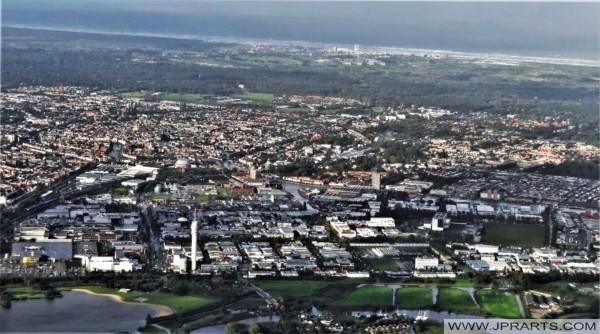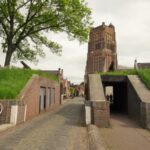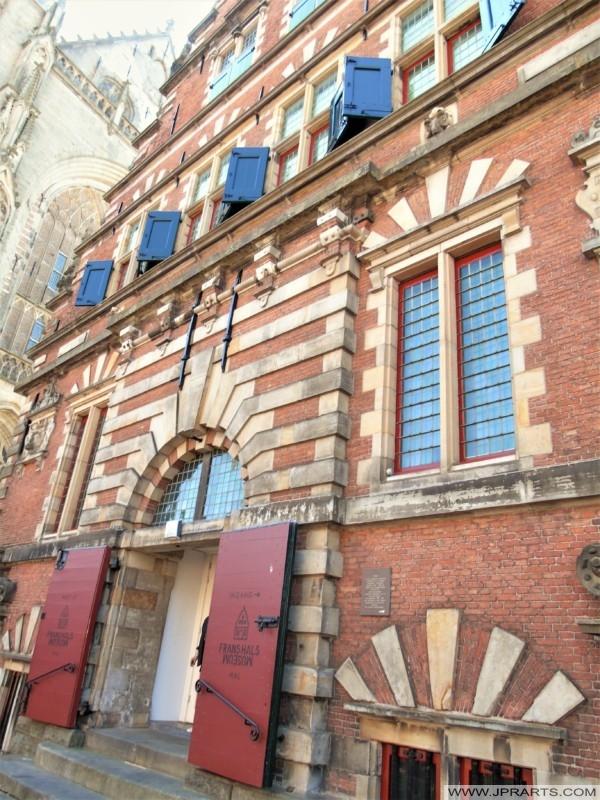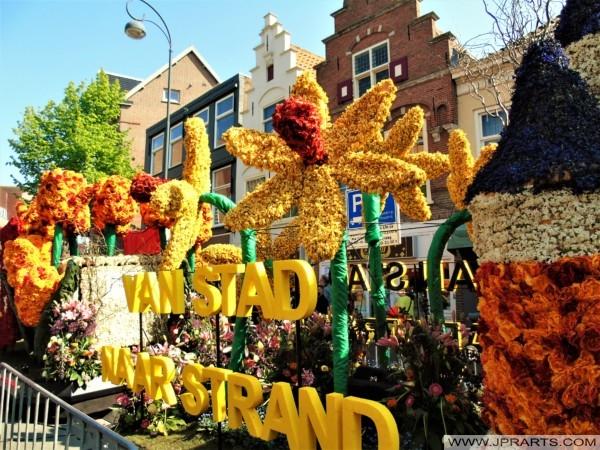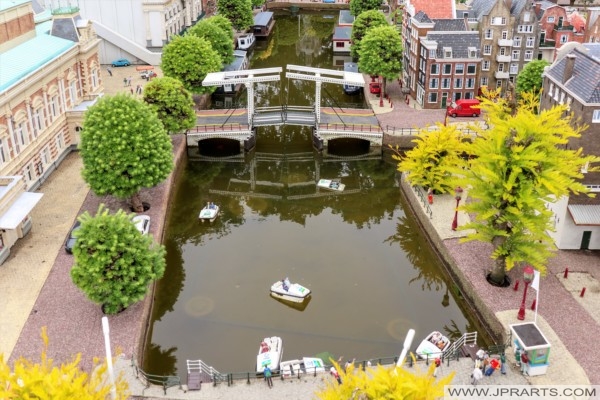Haarlem’s fortifications were a system of fortifications to protect the city from outside attacks. Haarlem, like many other medieval cities, was a fortress that had city gates, city walls, canals and strongholds. Haarlem had a total of fourteen city gates. Of these fourteen gates, one is still standing, namely the Amsterdamse Poort. The other gates were demolished by municipal decree around the nineteenth century to make room for urban expansion and increasing traffic. The gates were seen as unnecessary and stood in the way. Also in 1873 the last remains of the Pijn Tower disappeared.
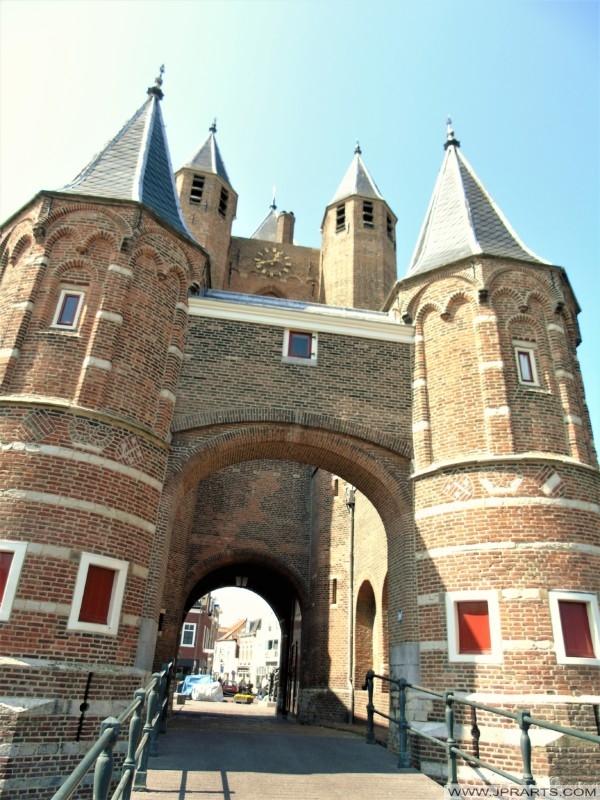
Fortifications of Haarlem in the Netherlands
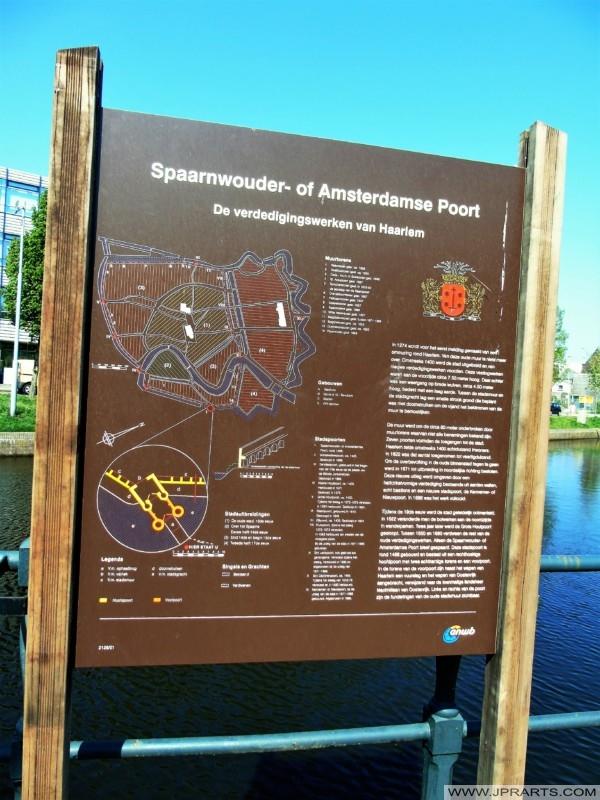
Fortificaciones de Haarlem en los Países Bajos
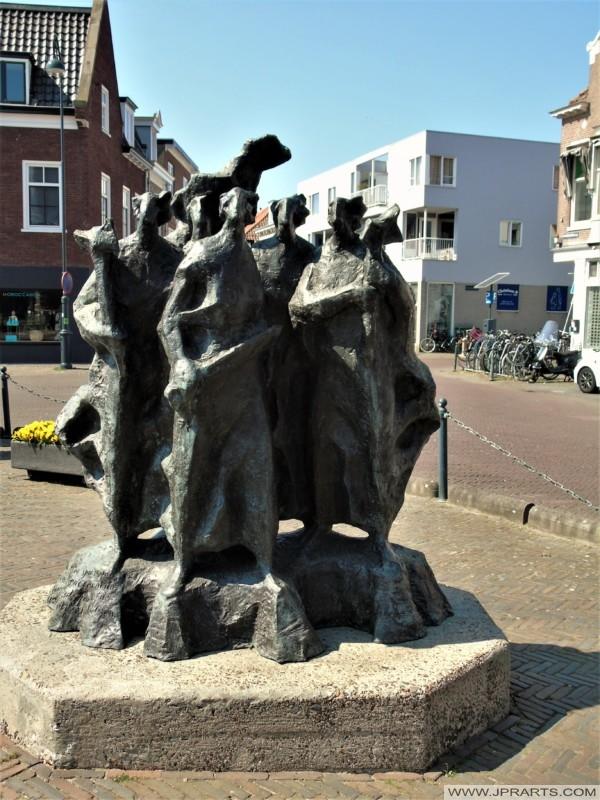
Befestigungen von Haarlem in den Niederlanden
The Amsterdamse Poort, formerly called Spaarnwouderpoort, is a city gate from 1486. The gate is located at the end of the Spaarnwouderstraat and the old route from Amsterdam to Haarlem. After its foundation it was called the Spaarnwouderpoort because the road to Amsterdam at that time ran through Spaarnwoude in connection with the passage of the Liede. According to tradition, Kenau Simonsdatter Hasselaer would have stood on the ramparts at the Amsterdamse Poort to repel the Spanish attack during the Eighty Years’ War. It is the only gate that survived the siege without significant damage.
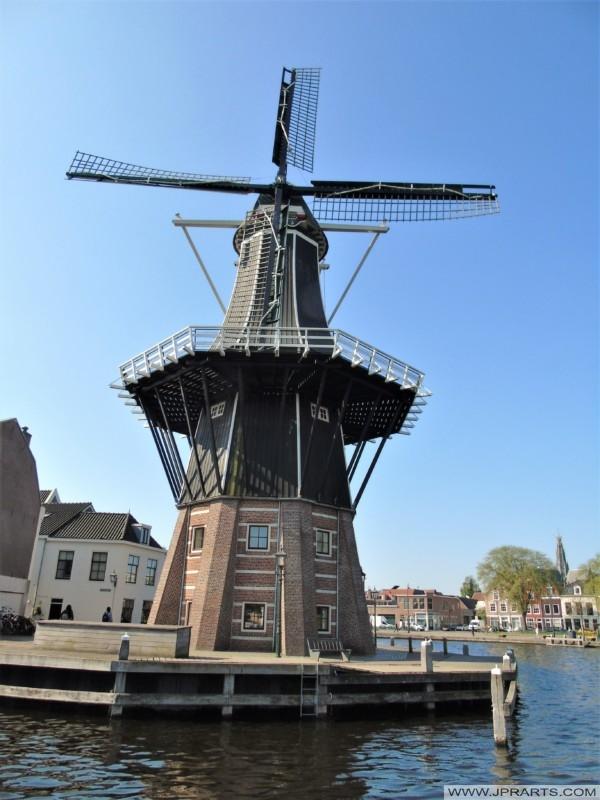
荷兰哈勒姆的防御工事
تحصينات هارلم في هولندا
Fortifications de Haarlem aux Pays-Bas
In 1865 the city government wanted to demolish the Amsterdamse Poort. A speedy procedure to put down the gate was requested, as the gate was in pretty bad shape and was blocking the construction of a new bridge on the location just in front of the gate. However, there was not enough money at the moment to construct a new bridge, so the city council agreed to provide funds for a short-term renovation of the gate to make sure it would stay up for two or three more years.
In 1867 the Papentoren, a tower, was demolished, and the munition that had been stored there needed a storage space. A room in the Amsterdamse Poort was suited for that and the munition was stored. In 1869 the bridge in front of the gate was finally reconstructed. In 1874 most of the (explosive) munition was taken outside the city. In 1889 a small renovation was planned, with a budget of 1,490 guilders. The city architect, J. Leijh, started the project, which later required an extra 775 guilders. In the 1960s the gate was declared a national monument. In 1985 a complete renovation of the gate took place.
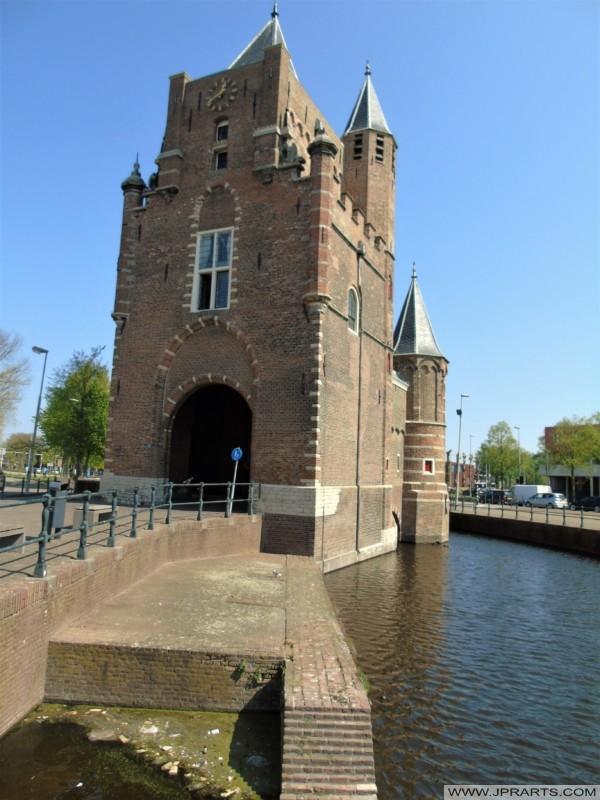
Укрепления Харлема в Нидерландах
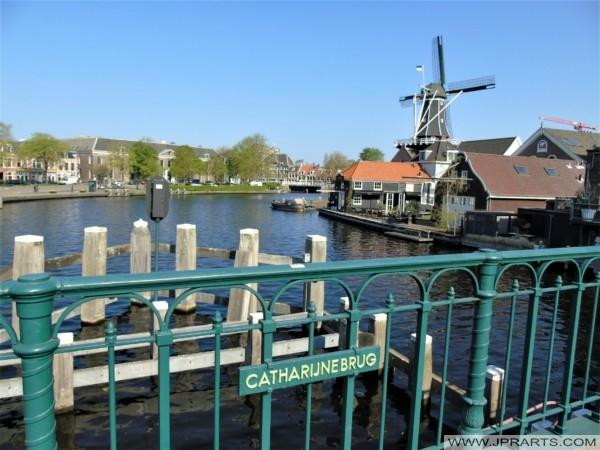
Vestingwerken van Haarlem in Nederland
De Bolwerken is a 19th-century city park that includes part of the former fortifications. The explosion of the Kruispoort is marked in the street work near the Albert Heijn. The pediment of the Nieuwpoort has been reused at 43 Wilhelminastraat. The Amsterdamse Poort is the only existing city gate.
One of the towers of the former Catrijnenpoort was partly preserved for a long time because the mill De Adriaan was built on the walls of the tower in 1778-79. After the fatal fire of this mill in 1932, however, only the foundations remained. Since 2002, the stone substructure of the rebuilt mill has been reminiscent of the former tower of the city gate.
Furthermore, a number of streets and bridges are named after the city gates. An example of this is the Vrouwhekbrug over the Kloppersingel between the Frisian Varkensmarkt and Spaarndamseweg. The Zandersbrug is named after the tower that stood on the city side. There is also the Eendjespoortstraat in the Rozenprieel and the Kennemerplein is also named after the gate located there.
नीदरलैंड में हार्लेम के किलेबंदी
Fortyfikacje Haarlem w Holandii
Visit Netherlands Travel to Book Flights and Hotels Easy Online
Visit the Cheap Webshop for Blu-rays, Books and DVDs


